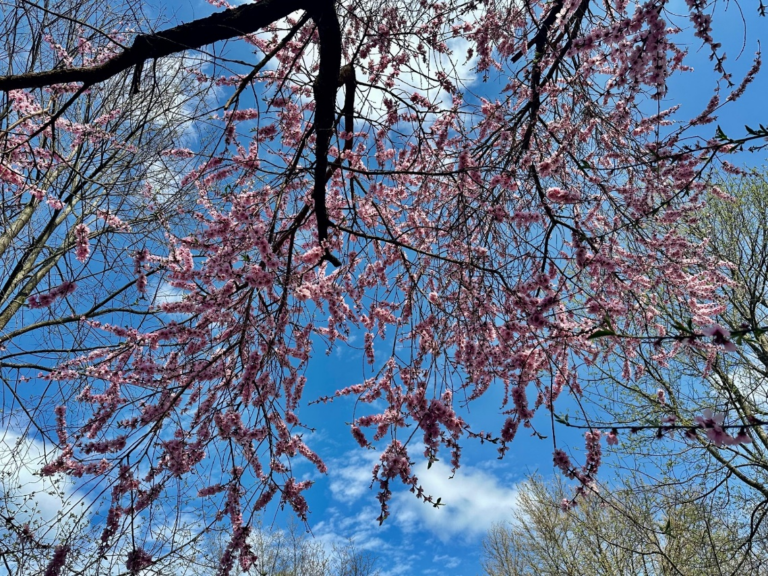 Does managing your anxiety take work? Consider the good news from neuroscience that says we can make it better.
Does managing your anxiety take work? Consider the good news from neuroscience that says we can make it better.
Anxiety certainly seems to be pervasive, judging on how often I see it in those I serve. One of the differences between us and other animals is we haven’t perfected ways of releasing it like they do. Horses and dogs immediately shake off anxiety and fear, they don’t carry it. We tend to manufacture, nurture and carry it around in well-worn patterns of coping like it’s a prized procession. The good news is there are better ways to manage your anxiety.
Having developed techniques to help others, and manage my own, I was eager to understand the new developments in the field, especially in the area of neuroscience. This prompted me to attend a workshop conducted by Heidi Schreiber-Pan, PhD, LCPC, NCC on techniques to “Rewire the Anxious Brain”.* Here’s my take on what I learned.
Anxiety gets registered in our brain in the amygdala – a small organ that is responsible for regulating our emotions and our fight, flight or freeze response to danger. It’s an essential alarm system that alerts us to threat. The problem comes when it stays on high alert longer than it’s needed, which is common when you’ve been over-exposed to difficult, anxiety producing situations. It keeps you in a heightened state of tension, taking a toll on the body and your quality of life. To make changes in your coping pattern of anxiety you must retrain the amygdala. As Heidi said, it’s “All About Amy(gdala)”.
If you’d like to improve your response to anxiety, here are some things to consider. I’ll use the acronym TAME, as in Tame Your Amygdala.
THOUGHTS/TRAIN
Most people have developed automatic responses to stress that have been refined over a lifetime. Thoughts are usually awful projections of fearful future outcomes, full of self-depreciation. (“I can’t, It won’t work, It’ll never happen, I’m not good enough”, etc.) As anyone who’s worked with me knows, I call this a “Luge Path”; like the winter sport, it’s so slippery and fast that before you know it, you and your thoughts are plunging down a well-worn path of dooms-day thinking that is impossible to stop. It usually ends in depression.
To change thought patterns to something helpful (“Yes, I can, it’ll be fine, I can figure it out, everything will work out”) you simply retrain your automatic thoughts. Get off the “Luge Path” and create a new one with snow-shows, trodding over and over it again to make it easy to navigate. If you practice new positive thoughts 10 minutes a day for 100 days you’ll change your pattern. That’s not long at all. If negative thinking and anxiety derails you, it’ll absolutely be worth the effort.
ACTIVITY
The connection between exercise and stress reduction is well documented. Getting oxygen in your lungs helps the body relax. In addition, taking on any activity that creates distraction can be helpful. Get off your phone/ internet/sofa and get yourself out there.
The goal is to put your mind and your thoughts on something that breaks the cycle of negative rumination. Reading, writing, watching movies, visiting friends, getting out, all helps. Given the “Luge Path” never makes you feel better, only worse, it’s helpful to avoid it altogether by doing something that keeps your mind off your negative thoughts.
MEDITATION/MINDFULNESS
Another tool that retrains your mind is meditation and mindfulness. Meditation helps you quiet your mind by practicing stillness and emptying your thoughts. You can put your negative thoughts on a leaf and imagine it floating downstream or put them in a Railroad car and watch it move down the track in your mind. This takes practice, but even 10 minutes a day has been shown to make people calmer and less anxious.
Mindfulness is a practice of attention that helps you stay in the present. It’s harder to ruminate about the future when you focus on the present. Being in nature is one of the most helpful ways to do this. Reconnect to the earth, trees, wildlife, and sky by really noticing the details of what’s around you. You’ll soon be grounded and out of your head. It automatically slows your breathing, helping you relax, thus reducing anxiety.
ENJOY
Anxiety can be decreased when you increase the amount of relaxation and enjoyment you experience. What situations make you tense? Does traffic, the news, and conflict come to mind? Consider introducing new habits that help you bypass those things. Here are some things that might help amp up your pleasure.
Listen to guided meditations in the morning or evening instead of watching the news. Check out apps like Headspace and Calm for great downloads. Listen to your favorite music or podcasts when you are driving or stuck in traffic. Practice taking deep breaths, filling your lungs in to the count of 5 and slowly releasing it to the count of 6. This helps your body relax and puts your anxiety in check. And most of all, reprogram your thoughts to avoid the “Luge Path” of negativity.
If anxiety takes a toll on you, then neuroscience offers great news. The habits of response that you have likely developed and come by honestly can be changed. With a little persistence, you can develop new habits of thought, action, meditation/mindfulness and enjoyment that will “tame” your amygdala and make you feel much better. Give yourself the opportunity to make a change that provides great results.
Does this resonate with you? As someone who has successfully put all this into practice, I can tell you, any work you do in this area will pay off. If you want some help getting started, reach out at www.spectrumtransformation.com and use my Free Consultation link. I’d be happy to help.
Heidi Schreiber-Pan, Ph.D, LCPV, NCC is the author of “Taming the Anxious Mind, A guidebook to relieve stress and anxiety” 2019
Photo credit – Luge by Alex Livesey








